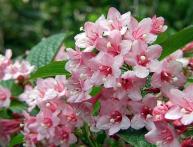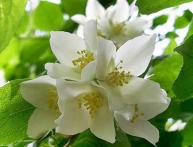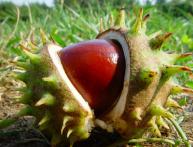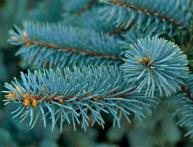Ledum in the house or confusion with the names of plants
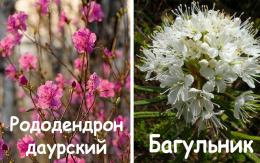
Ledum belongs to the heather family and is an evergreen shrub that grows in swampy coniferous forests, in the tundra, on hills, and in sphagnum bogs.
The name of this plant comes from the Old Church Slavonic “bagulit”, which means “to poison”. Ledum received such a bloodthirsty name because the plant is completely poisonous.
This shrub is not used for ornamental propagation. Although looking at it, you see that it is more than decorative: low, compact, dense branches, a lot of foliage, blooms profusely with beautiful white flowers with long stamens.
Ledum begins to bloom in late spring - early summer, becoming covered with white clouds of flowers that exude a simply intoxicating aroma. For such a heady and literally stupefying aroma, it received a biting popular name - swamp stupor. Because wild rosemary in the house - the key to severe headaches and dizziness.
Ledum essential oil contains poison - iceol, which affects the nervous system. Despite this, wild rosemary is a medicinal plant; preparations based on it are used in the treatment of bronchitis, whooping cough, dysentery, diabetes, etc.
Very often in winter, in subway passages or on the street in markets, you can meet grandmothers selling some half-naked branches. For some reason, both sellers and buyers themselves believe that they are buying wild rosemary, which in 2-3 days, in a warm place and in a vase with water, opens beautiful, sakura-like, pinkish flowers.
But the description of wild rosemary was given above... It blooms completely differently! And few people could tolerate wild rosemary in the house because of its aroma.
And finally, I’ll reveal a secret: what is sold under the guise of wild rosemary has nothing to do with it! Those thin branches that can please us with delicate flowers for the New Year are actually a completely different plant - Dahurian rhododendron.




